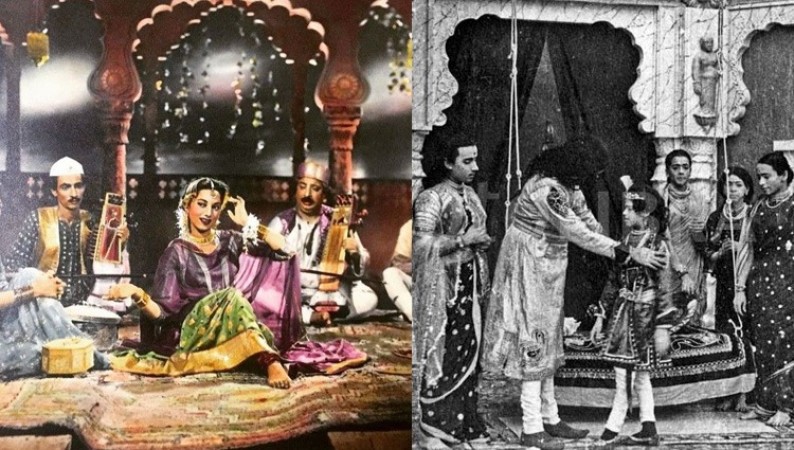
The silent era of Bollywood, which ran from the end of the 1910s to the beginning of the 1930s, was the beginning of Indian cinema and laid the groundwork for the thriving industry that exists today. The silent era of Bollywood was significant, but for many years it was overshadowed. Cinephiles and film historians are now delving into the riches of early Indian cinema, which has resulted in a notable resurgence of interest in this bygone era.
Dadasaheb Phalke, also known as the "Father of Indian Cinema," is credited with starting silent filmmaking in India. He presented "Raja Harishchandra," the nation of India's first feature-length motion picture, in 1913. Numerous filmmakers were motivated to investigate the potential of the medium by the popularity of this silent film. Through his innovative work, Phalke helped pave the way for the growth of Indian cinema during the silent era.
The cultural and social environment of India at the time was reflected in the silent era movies. They presented a variety of mythological stories, historical dramas, and social problems that are present in society. As Indian filmmakers experimented with the narrative strategies, camera angles, and editing styles they had seen in foreign films, the influences of Western cinema were obvious.
"Bilwamangal" (1919), "Satyavadi Raja Harishchandra" (1919), "Kishkindha Kaand" (1920), and "Bhakta Vidur" (1921), among others, are some of the most well-known silent films. Even without spoken dialogue, these movies were praised for their innovative efforts in cinematic storytelling. These movies benefited greatly from music, which was performed live to go along with the screenings, enhancing the story and feelings in the movies.
The silent era of Bollywood faced many difficulties despite its early success. The breadth of storytelling was constrained by the dearth of synchronized sound and the lack of adequate technical resources. Additionally, the arrival of sound in movies with the 1931 release of "Alam Ara" brought about a significant change in the sector. The silent era quickly came to an end after sound movies were introduced as their replacement.
There has been a resurgence of interest in Bollywood's silent era in recent years. Initiatives for film restoration and retrospectives have helped to keep these vintage films alive and present them to contemporary audiences. The wonder of early Indian cinema can now be experienced by modern audiences thanks to screenings of silent era classics organized by film festivals and cultural institutions.
The silent era is now valued more highly thanks in part to cinephiles and film historians. The innovative directors, actors, and technicians who were crucial in influencing Indian cinema during this time have been highlighted by their research and documentation.
Bollywood's silent era is a testament to the ingenuity and creativity of the country's first filmmakers. It was a time of experimentation and innovation, which helped to pave the way for the Indian film industry's remarkable expansion and development. These cinematic gems have returned to the spotlight as a result of the ongoing revival and reappraisal of this time period, allowing viewers to once again recognize the timeless artistry and storytelling prowess of early Indian cinema.
Bollywood's Timeless Treasures that Shine Forever
Soulful Stanzas: The Legendary Lyricists of 1950s to 1970s Bollywood
Bollywood Art Dir Nitin Chandrakant Desai dies by suicide at 57